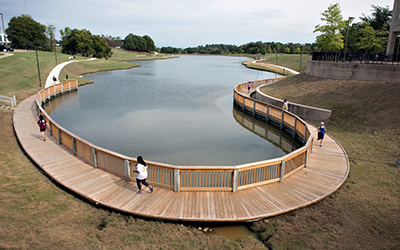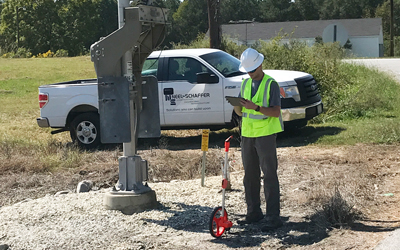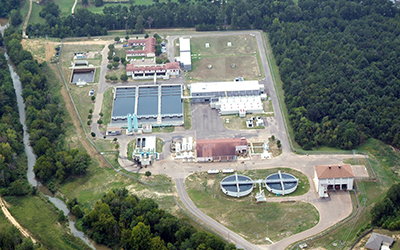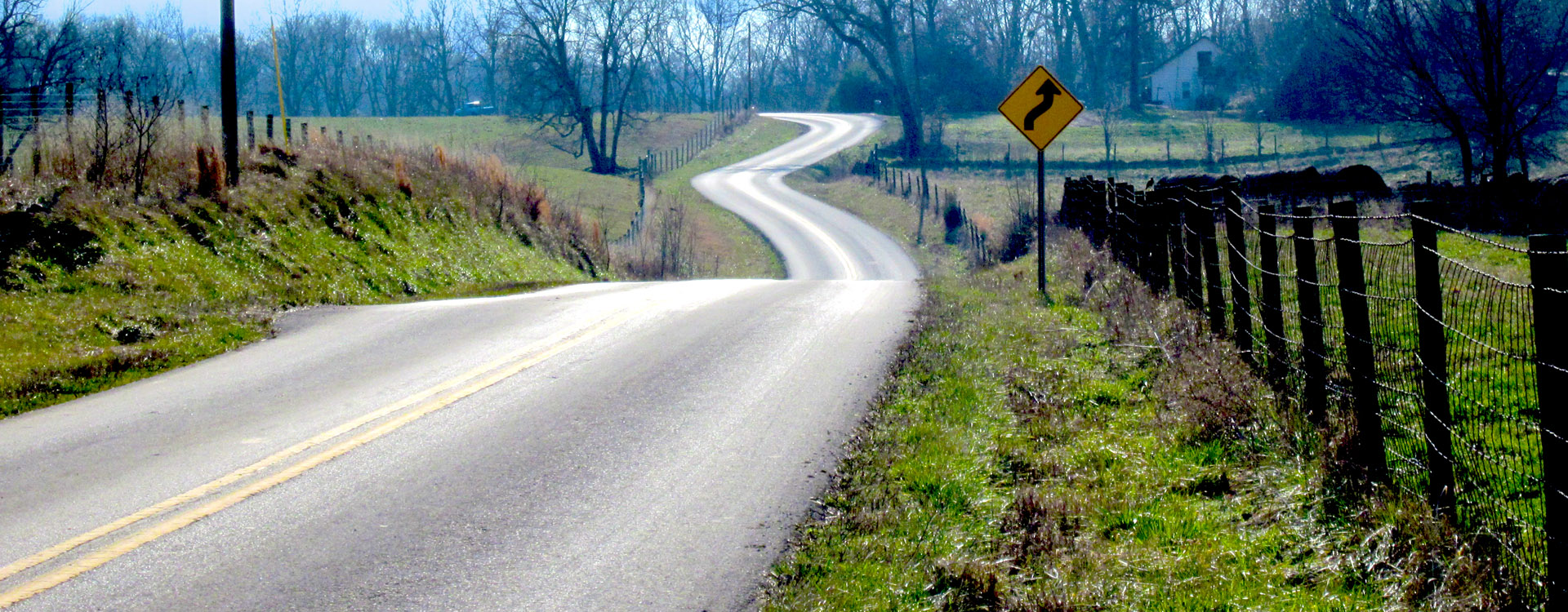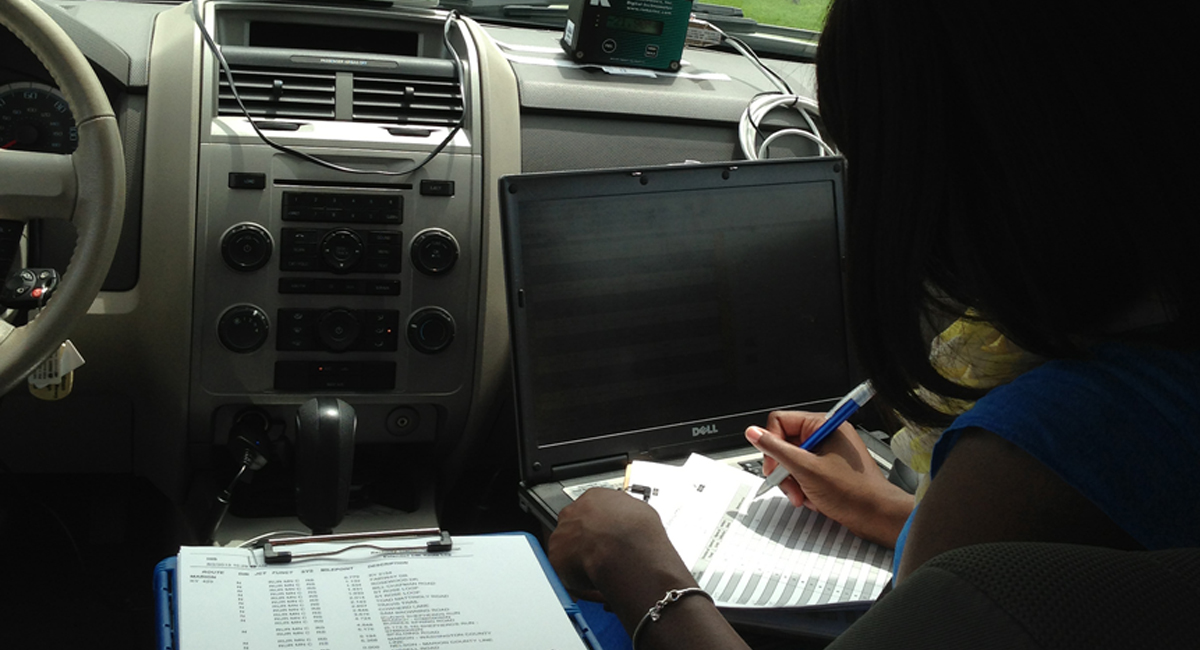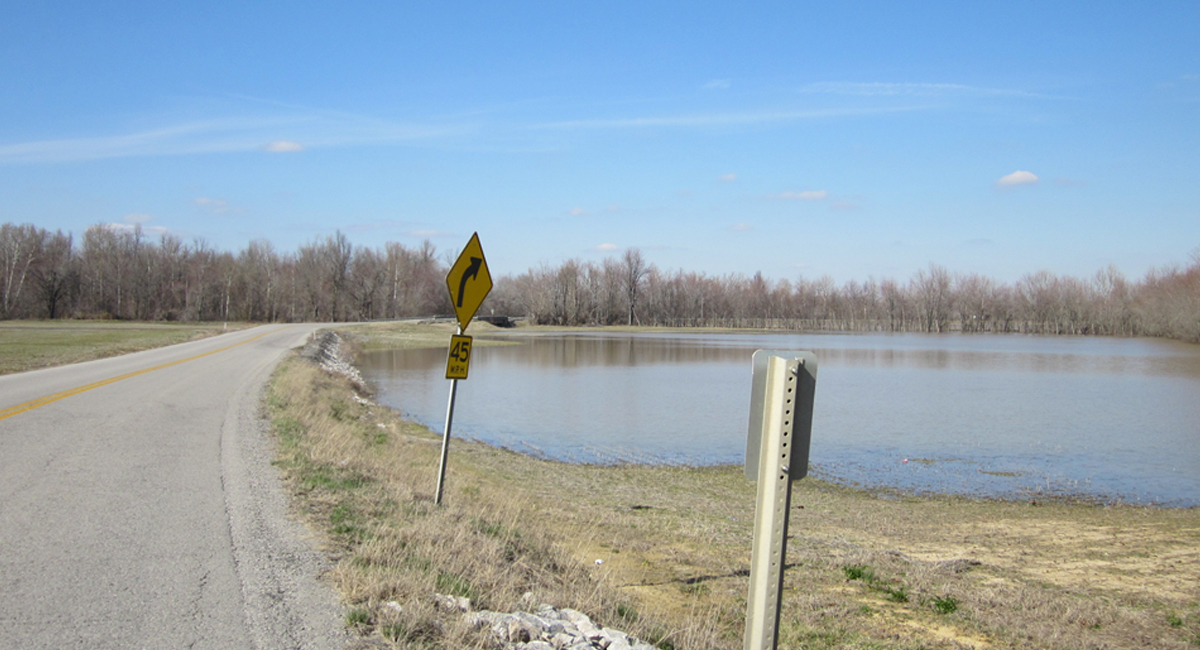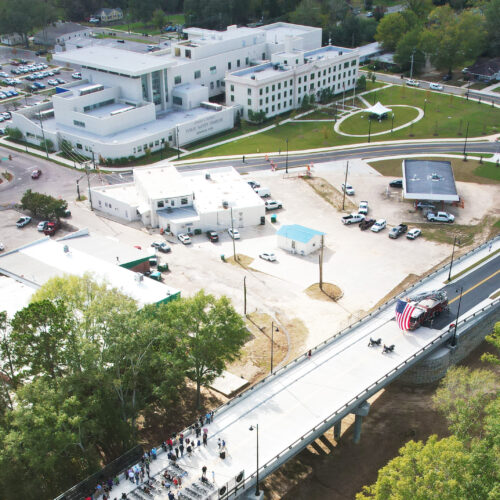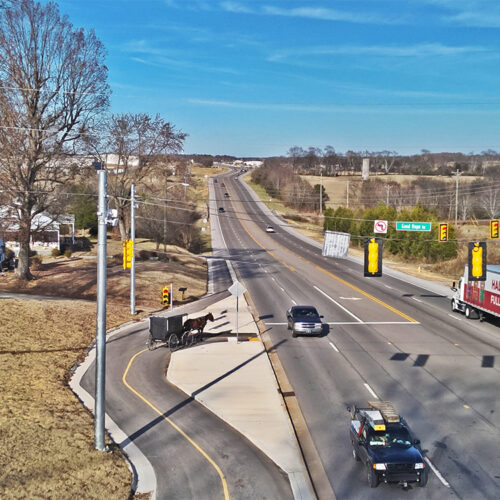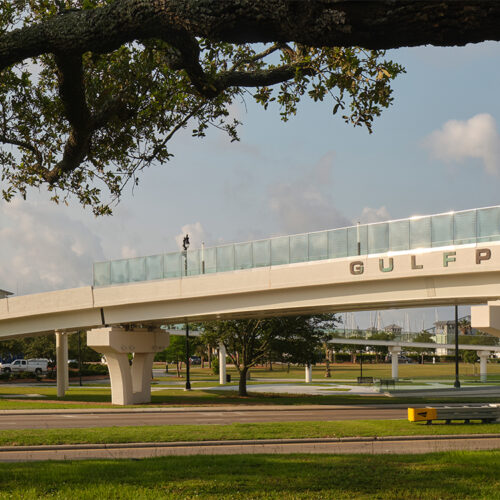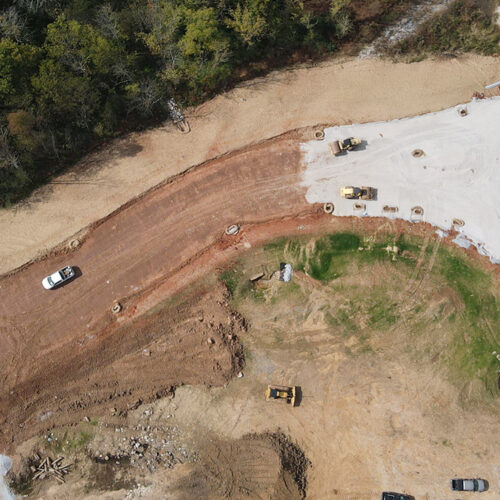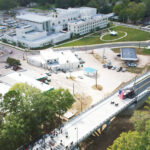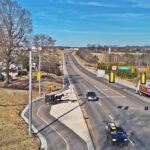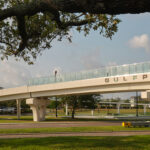KENTUCKY TRANSPORTATION CABINET
Making Kentucky roads safer to travel, one curve at a time
Kentucky is a predominantly rural state, with more than 100,000 lane miles of public roads. That’s a lot of asphalt – and a lot of winding, curvy two-lane country roads.
In an effort to make those roads safer, the Kentucky Transportation Cabinet decided to install new and improved signage as one way to help drivers better negotiate those twisting roads and curves in rural corridors.
But first, the KYTC had to identify the problem areas and recommend changes.
And that’s where Neel-Schaffer was involved.
As one of three consulting firms contracted by the KYTC, Neel-Schaffer evaluated the rural roads on 52 corridors in KYTC’s Districts 1-4, in the mostly western and southwestern portions of the state.
With an average of 170 signs per corridor, that’s some 9,000 signs that Neel-Schaffer engineers cataloged and inventoried over the course of 18 months. Their goal: Determine what new signage should be installed to help drivers meet new safety requirements for today’s vehicles and roads.
Using Ball Bank Indicators as measuring devices, Neel-Schaffer engineers drove thousands of miles and rounded hundreds of curves, measuring the speeds at which vehicles can safely handle horizontal curves in the road.
Neel-Schaffer began its study in January of 2013 and filed its report with the KYTC in June of 2014, recommending changes and additions to horizontal signage throughout Districts 1-4. Old signs have now been replaced with new ones, and more signs were installed, aimed at helping drivers be safer as they maneuver through Kentucky’s rural roads.


